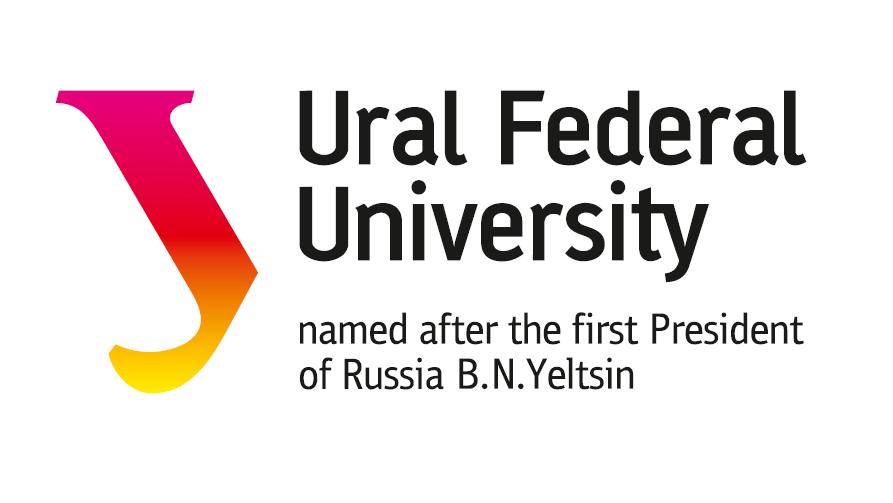Ural federal university: Prof. Ivan Savin creates a new model to assess how business disseminates knowledge on a network level
Professor Ivan Savin of the Ural Federal University proposed an original model showing how companies create and share knowledge. The work allows to determine the most effective mode of cooperation between companies in scientific research, as well as the structure of social networks that best contributes to this.
The article was published in the Journal of Economic Interaction and Coordination, the work was supported by a grant from the Russian Science Foundation (RSF).
“To remain competitive, modern firms must combine internal knowledge and competencies with external ones, since one company, even the largest, is not capable of developing the entire spectrum of scientific research. The creation and dissemination of innovations at the same time in theoretical models of economics has not yet been considered. This is a serious gap in research, since the processes are closely interconnected: the creation of new knowledge critically depends on external sources, “says Ivan Savin, professor at the Institute of Economics and Management of the Ural Federal University.
There are two popular knowledge sharing modes. The first method is a collective invention, when some companies help another to solve a problem by sharing knowledge, do not benefit from the created product, but can get help from this company if they need it. This format of cooperation prevailed at the dawn of the development of many industries (metallurgy, watchmaking, computer production), and today it can be found in the creation of open source software. The second way is often found today in the form of an alliance of research and development (R&D): firms join forces to share knowledge and share the benefits of its creation. Thus, within the framework of the proposed model, firms exchange knowledge depending on the mode of interaction.
The new work compares for the first time these two modes of cooperation based on the proposed model, where knowledge is presented in the form of new words, and firms interact with their partners located within a certain social network. This model uses letters to denote areas of technological knowledge and words for new inventions. Over time, companies accumulate words, expanding their list of developments and thus opportunities to create new innovations by repackaging words and letters into new words. The words themselves in the model are built into a complex hierarchical network, where a longer word, which completely includes a shorter one (for example, windproof – proof – roof – of), is related to it by the example of citing older patents by new ones.
The author of the study showed that structurally, the network of patent citations and the network of such connections between words are very similar, which makes it possible to successfully draw this analogy in the model.
Among the factors that the model takes into account, the knowledge sharing regime, the structure of the social network of companies and the severity of intellectual property rights are examined. The latter regulates the extent to which knowledge once open is protected from copying. Options are considered when an invention, once discovered, cannot be reopened by anyone else, and when it is possible, but the benefits of this discovery decrease with each next time

